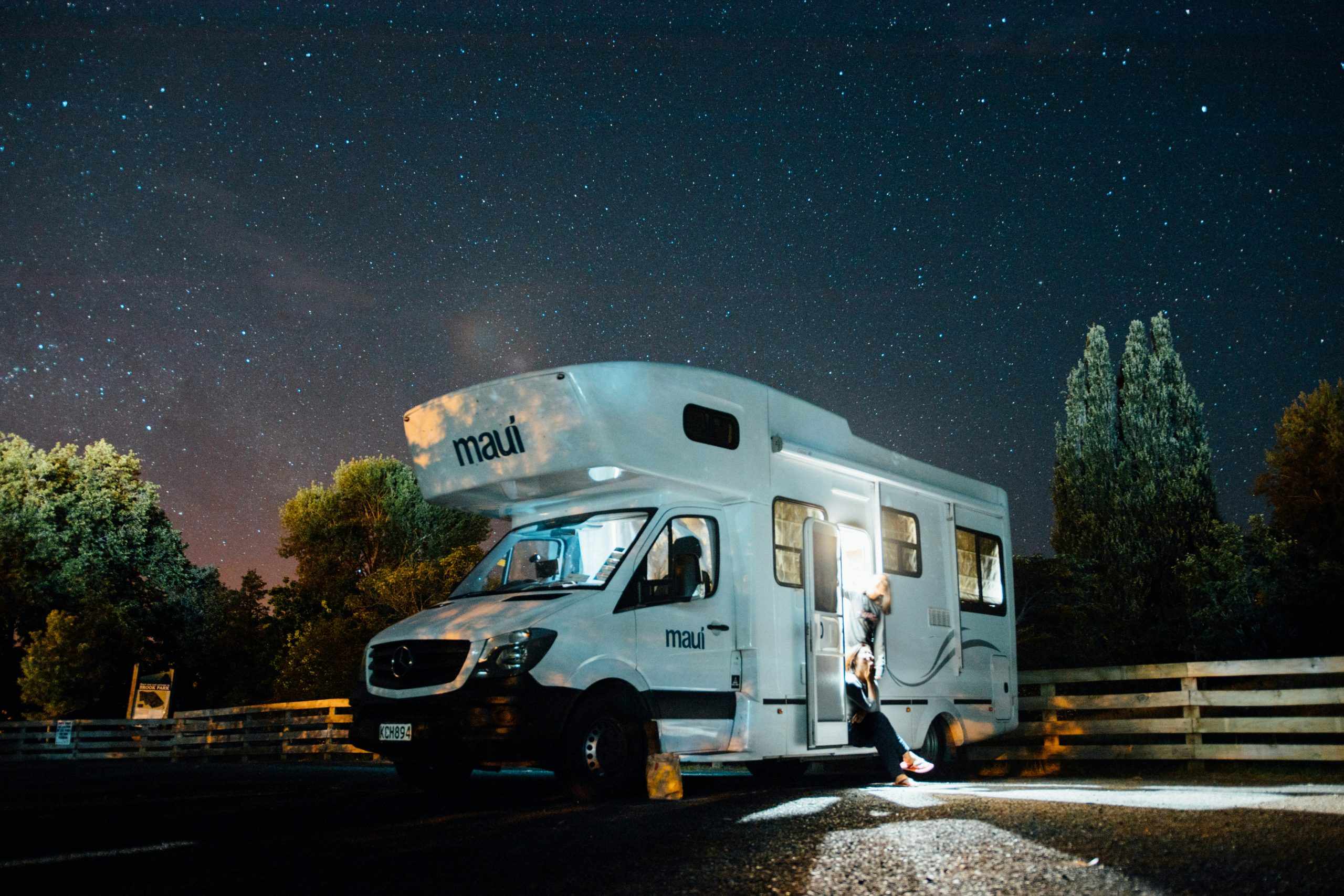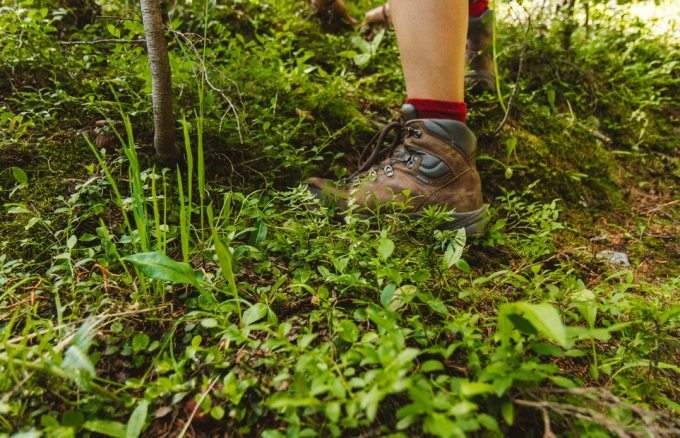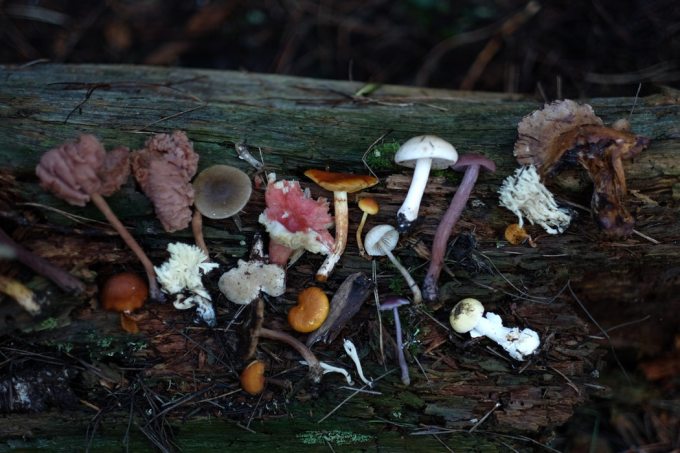Welcome to the latest trend in travel.
Foraging is the act of searching for wild food resources in nature. In more ways than one, foraging is a healthier alternative to the foods found at an everyday market. Wild food is rich with the essential vitamins and minerals we need. Not only that, but it’s a way for people to get outside and get some exercise. It’s the perfect mixture of going on a day hike, working on your garden, and learning something new.
Want to know where you can forage for your own food? Below, we spotlight several cities around the world that are best known for guided foraging adventures.
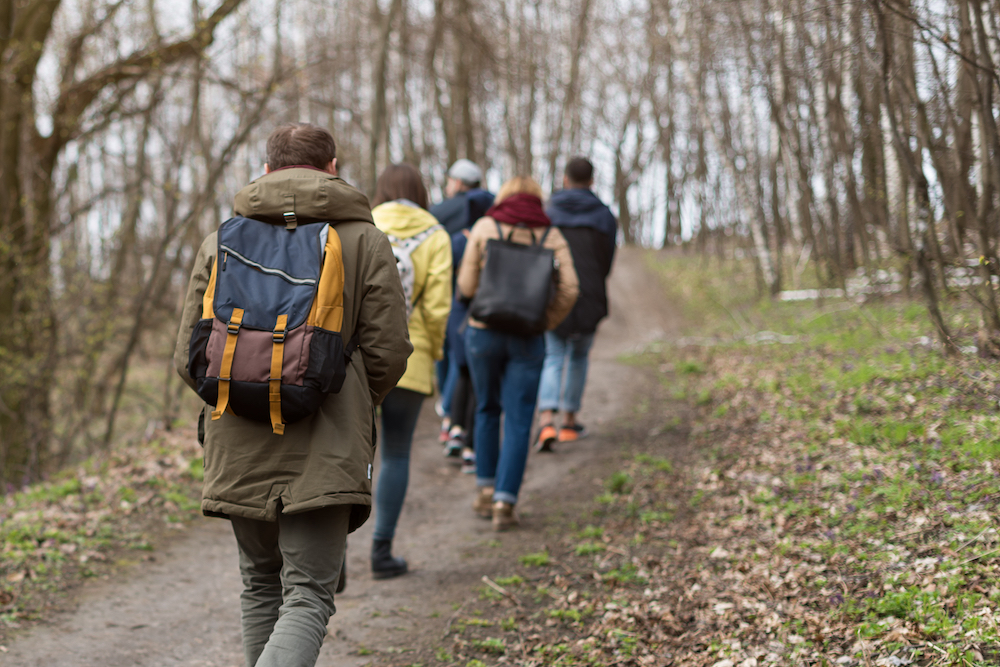 1. Copenhagen, Denmark
1. Copenhagen, Denmark
René Redzepi of Noma, known as being the world’s most famous forager, invites you to join him on a wild foraging adventure. His recently launched app—Vild Mad—is available to download, which includes his website and several different tools you need to learn the practice of foraging and how to properly identify the wild edible plants to forage for.
In Denmark, there are local guides, rangers, and chefs that are eager to educate the public on everything they need to know about foraging for food and cooking with wild ingredients. Foraging and cooking events are held at local nature reserves, and provide information, hands on projects, and a fun way for people to get some outdoor recreation time and learn something new and useful.
 2. Asheville, North Carolina
2. Asheville, North Carolina
Somewhere in the Blue Ridge Mountains of North Carolina, a foraging adventure awaits. Alan Muskat, the creator of No Taste Like Home—the country’s very first forage-to-table experience—has been hosting foraging trips since 1995. Local North Carolina-based chefs are passionate about foraging foods to integrate into their menus. Katie Button, a local chef, partnered along with Muskat to host foraging events they call “Gathering Asheville.” Guests are brought into the wilderness to collect the ingredients they’ll be using to cook their dinner later that night.
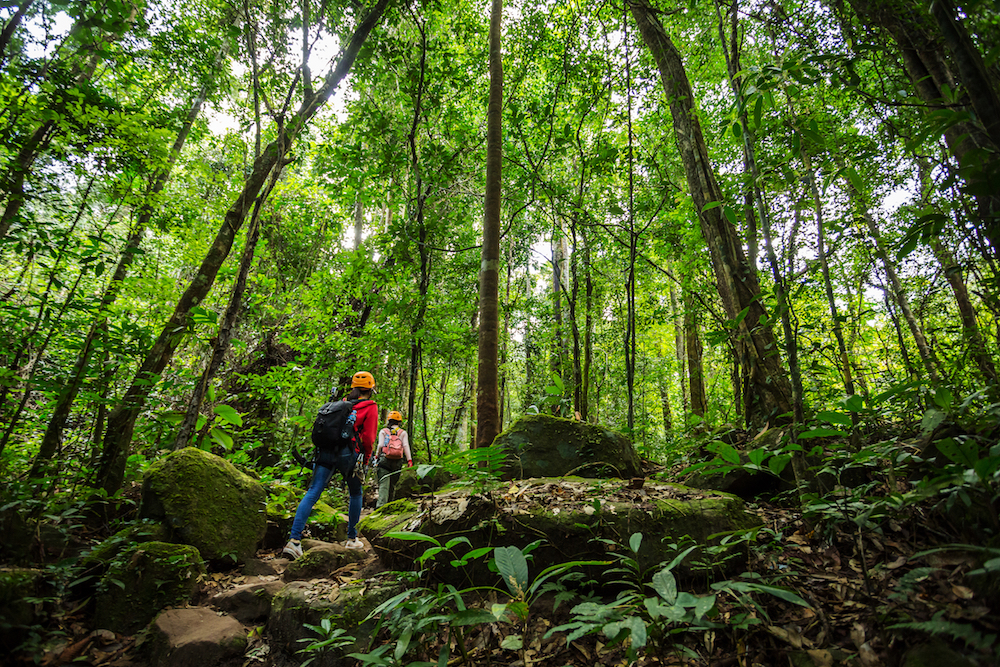 3. Maine
3. Maine
The drastic mountains and acres of woodland isn’t the only excuse to visit the state of Maine. Maine is home to the fiddlehead. The furled fronds of a young fern, fiddleheads have a buttery, tasty flavor. On the East Coast, fiddleheads are found in many parts of New England all the way into parts of Canada. There is no limit to the abundance of areas to forage for fiddleheads along with other local delicacies.
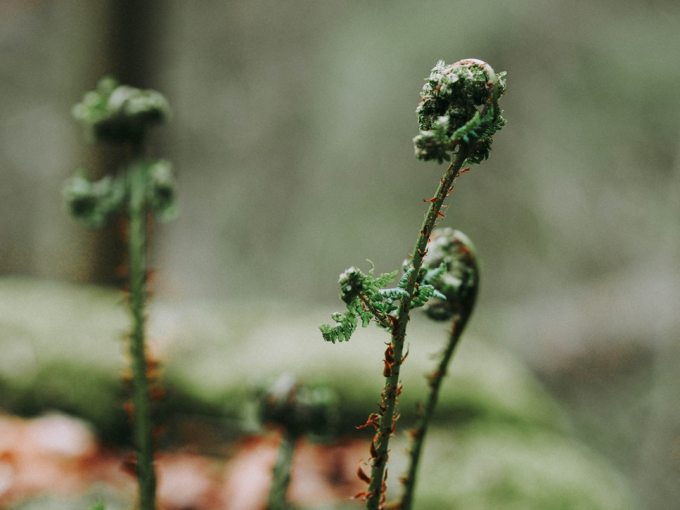 4. West Virginia
4. West Virginia
A West Viginia classic, the ramp—a North American species of wild onion—has existed in the dishes of many cultures for several decades. They are common to find in Richwood, West Virginia. The Ramp Festival is held every April, providing actives such as heritage crafts, live music, and of course, foraging for the beloved ramp. Stop by the festival to learn about foraging for ramp along with other wild foods, get some exercise, and enjoy the fresh air.
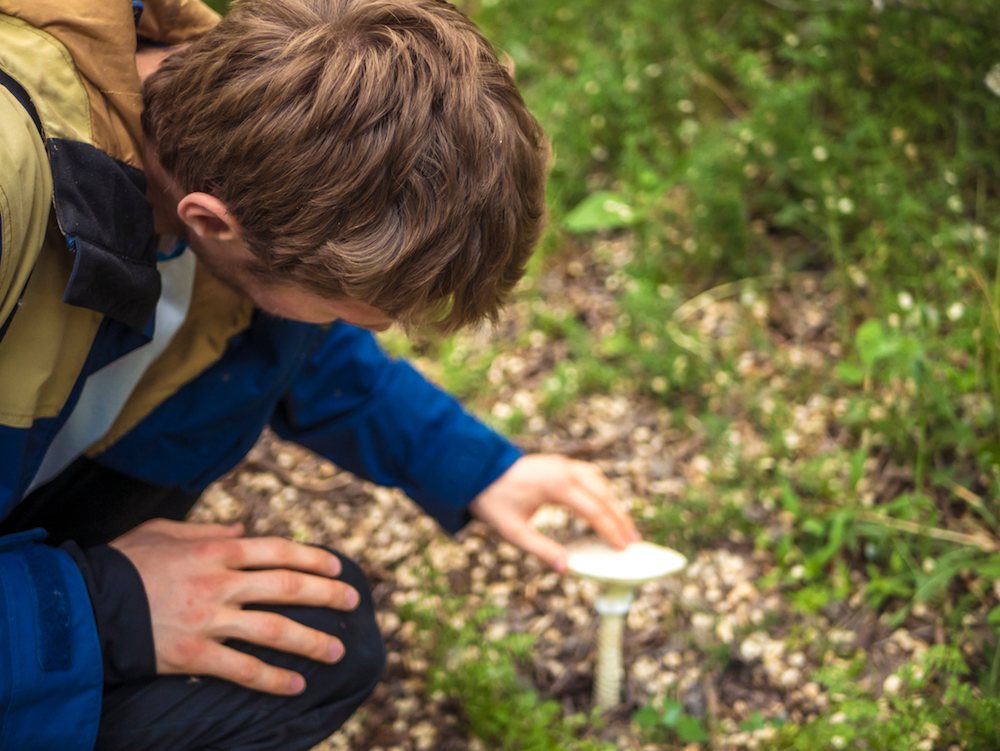 5. Montana
5. Montana
Huckleberries are the perfect combination of sweet and tart, balancing one another out effortlessly. In the state of Montana, families spend multiple days camping and gathering huckleberries, particular in the month of September. It’s a great way to bring families together for quality time spent venturing outdoors.
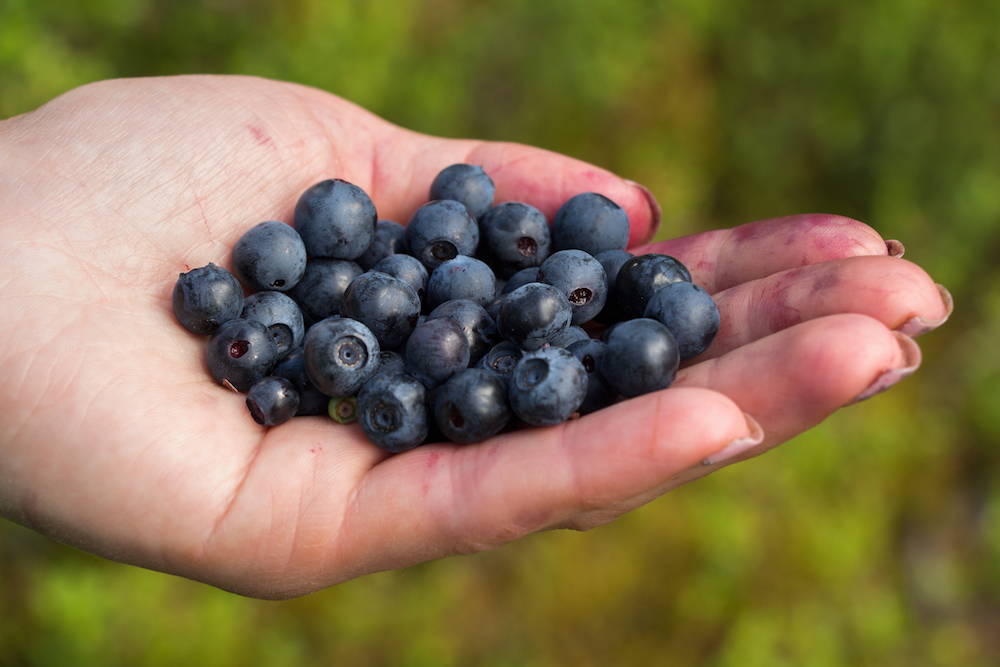 6. Brooklyn, New York
6. Brooklyn, New York
Leda Meredith, a locavore legend, eats a diet of food almost entirely grown or raised within 250 miles of the city. She hosts tours for the public in Prospect Park from April through May and August through October. It’s a great way to get to know some new faces, learn new and inspiring information, and get your body moving in the outdoors. Leda brings groups out to forage for items such as leafy greens, Japanese knotweed, and root vegetables. She also gives insight and advice on how to harvest, prepare and store these items. The tour costs roughly $20–$25 per head, and it’s worth every dime.

